How to Read Music in 30 Days: Music Theory for Beginners – with exercises & online audio: 1 (Practical Music Theory)
£13.30
Do you want to learn how to read music notation with easy-to-follow, step-by-step lessons?
Did you ever try to learn music theory but got frustrated with complicated jargon and mysterious terms?
If so, this book is perfect for you!
This best-selling book offers a unique 30-day program that makes learning how to read music simple and fun. Imagine how, in just about a month, you’ll be able to look at sheet music and know exactly what every symbol, sign, and term means. You’ll know the fundamental theory behind the how, why, and what of the music that’s in front of you!
With over 150 music examples, over 100 written exercises, 10 listening experiences, expert tips, lesson summaries, a final test, and online access to the audio examples, you will steadily progress towards learning:
• The absolute essentials of music theory,
• How rhythm REALLY works,
• The complete system behind musical notes,
• The crucial details of music notation,
• How specific musical symbols give life to all written music.
A strong foundation in the basics is essential if you want to read music, play an instrument for your friends and fans, sing in a choir or as a solo, record in a studio, compose music, write songs, or anything else in music. This book is your practical, step-by-step guide to building that foundation.
Finally, you can stop searching the web endlessly in hopes of finding the right information. With this comprehensive but practical approach, your music theory questions are answered in full.
And thanks to the valuable feedback of hundreds of students of all ages and backgrounds, “How to Read Music in 30 days” is now in its 3rd edition, revised and expanded to suit all types of beginner musicians.
Hundreds of students have successfully gone through this practical system to master musical notation and fundamental music theory. Now, it’s your turn! Let’s get started!
Frequently Asked Questions
Can I really learn how to read music in 30 days?
Absolutely! In fact, we start reading our most basic symbols as from day 1. You will not become an expert sight-reader in 30 days: no book, no teacher, and no program can replace the practice it takes to become a professional. But you can significantly cut down on the time it takes to get there by learning the foundations in the right way and in the right order. This is what this book is for.
Are music terms in American English or British English?
Both are included throughout. Although not that many terms are different in the 2 systems, there are added benefits to being aware of both sets of terms.
Is this book for guitarists, pianists, singers, and other instrumentalists?
Since the basics are the same for all instruments, this book will benefit anyone who is a beginner no matter which instruments they play. If you’re looking to refresh your music theory basics, fill any gaps in your knowledge of musical notation, or start from absolute scratch in reading music, this book is for you.
Can I skip through lessons?
The author suggests going through the program as it is presented. The comprehensive curriculum is designed to: progress in small steps, fill any knowledge gaps for those returning to music after a long pause, and build a foundation for any exams, tests, or diplomas you might someday want to sit for.
Is this book suitable for young children?
No. This method is designed for adults that are either self-teaching or working with a teacher. However, it does work for parents or guardians who want to take part in their young ones’ music lessons.
Do I have to sign up to get the audio clips?
You don’t have to if you don’t want to. There are three options to access the audio and the answers to the exercises. One requires signing up but the other two do not.
Read more
Additional information
| Publisher | CreateSpace Independent Publishing Platform (24 Oct. 2017) |
|---|---|
| Language | English |
| Paperback | 171 pages |
| ISBN-10 | 1977904874 |
| ISBN-13 | 978-1977904874 |
| Dimensions | 21.59 x 0.99 x 27.94 cm |

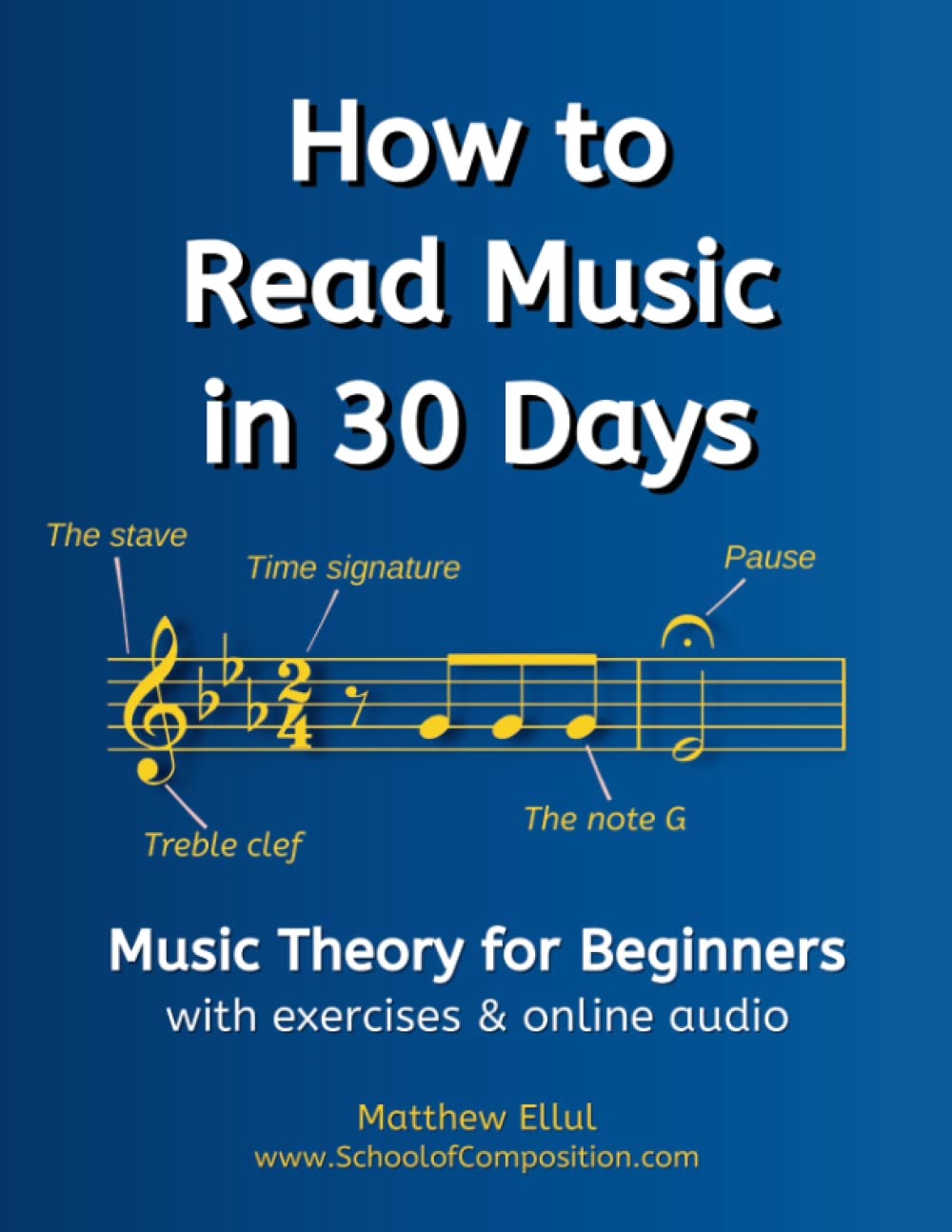

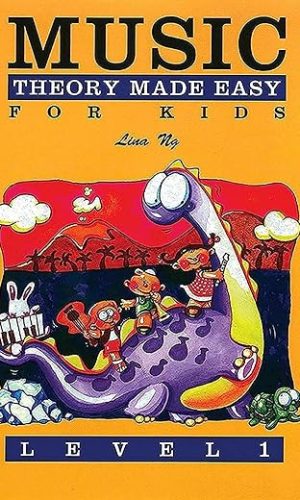
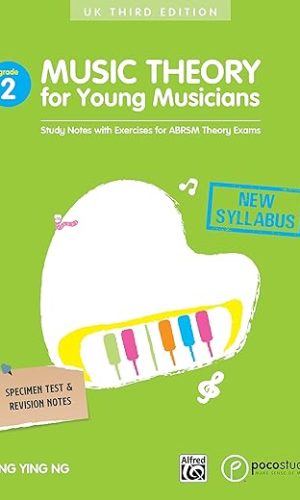
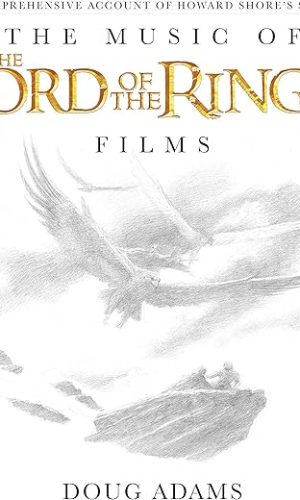
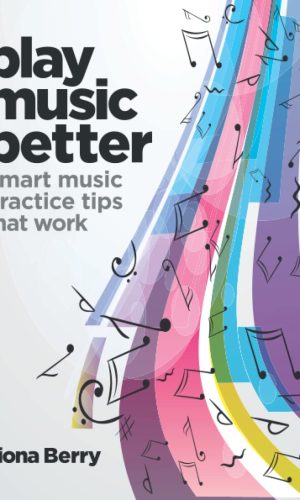
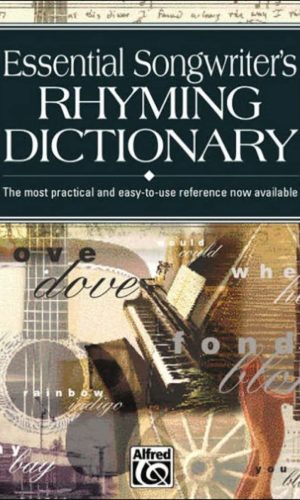


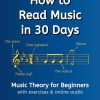
by H McE
This has to be hands down the best introduction music theory book I have come across. I picked up this book after I heard the author interviewed on a podcast. I wanted to improve my composition for music exams and it seemed like that was where the author was coming from but the book and accompanying free course have done so much more.
To help embed the theory you are learning the author has included score reading challenges (the scores can all be found for free online). This has really improved my active listening and ability to hear subtleties in music. The book used in this way creates a solid practice link between music theory and ear training. This part of the book/course is over two hours of active listening.
Likewise playing music will improve. The way the material is explained I could make a solid connection between theory and my performance. One specific example is the discussion on syncopation. At the moment I’m working on Maple Leaf Rag and the explanation gave me a light bulb moment.
At the end of every chapter is a short quiz and at the very end is a course quiz. This helps to embed what you have learned before you move on further grounding your theory
.
Because the book is self published the the need to pay for full publisher’s production costs were avoided and consequently the book is great value. I would imagine if it was produced by a publisher the cost would be at least twice what it is especially with the course that accompanies the book. Being self published there are some minor typos but nothing that affects the accuracy of the information. They are mostly of the kind where the text says ’10 examples’ and 8 examples are provided.
For me this book is a solid 5 stars and I was surprised to see people give it one star. I had a quick look to see why their experience differed to mine. Some people criticised the lack of author response to download issues. This may have been a past problem that has been resolved. The course to accompany the book has an active discussion board where you can post questions as you go through the book’s material. I always got a reply within 24 hours.
One person complained that the examples were of for a keyboard and not other instruments. I’m not a piano player (stringed instruments), however the linear pitch layout of the piano and white natural notes with black accented notes makes it a very clear tool for explanation that every musician can benefit from. It would be impossible to include examples for all instruments and only one chapter is piano specific when piano pedal marks were discussed.
In summary great a value and engaging book with a well thought out and supportive course which will help me with composition, appreciation and performance. This will definitely improve my enjoyment of listening to and playing music and isn’t that what it’s all about?
by JAA
I think this book will be great once I get the basic notes .
by GeeDoubleYew
I’m very impressed with this book. It goes into a lot of detail and doesn’t assume that you have any prior knowledge. It’s exactly the kind of textbook that I need to explain the rudimentary and more about reading music. I’m sure it will help me in realising my musical aspirations.
by sarahmajerra
I have k no I hesitations in recommending to is book. I have half read music for my whole life and now thanks to this book I am fully understanding each lesson.
by Rich
Using this book to increase my understanding of music for a choir and whistle group.
by C. A. MILLER
The way that music is written has so many variations that it is good to have a good reference book at hand
by Tally Peer
This is a superb book for people like me who always wanted to learn to read music but hadn’t the time.
It is extremely clearly written , with an excellent teaching style .. at a very good pace with first rate audios to help.
I can’t put it down and am learning everything I need!
by Mr R. G. Marshall
Explains music theory in Jack and Jill language which suits the way I think. Excellent stuff.